Graded Coin vs Ungraded Coins: Everything You Need To Know
Author: Stephen, Founder at Global Coin After 22 years in the precious metals and numismatics world, one question keeps popping up: "Stephen, what’s the difference between graded and ungraded this, and is it worth paying the premium for graded ones?"...
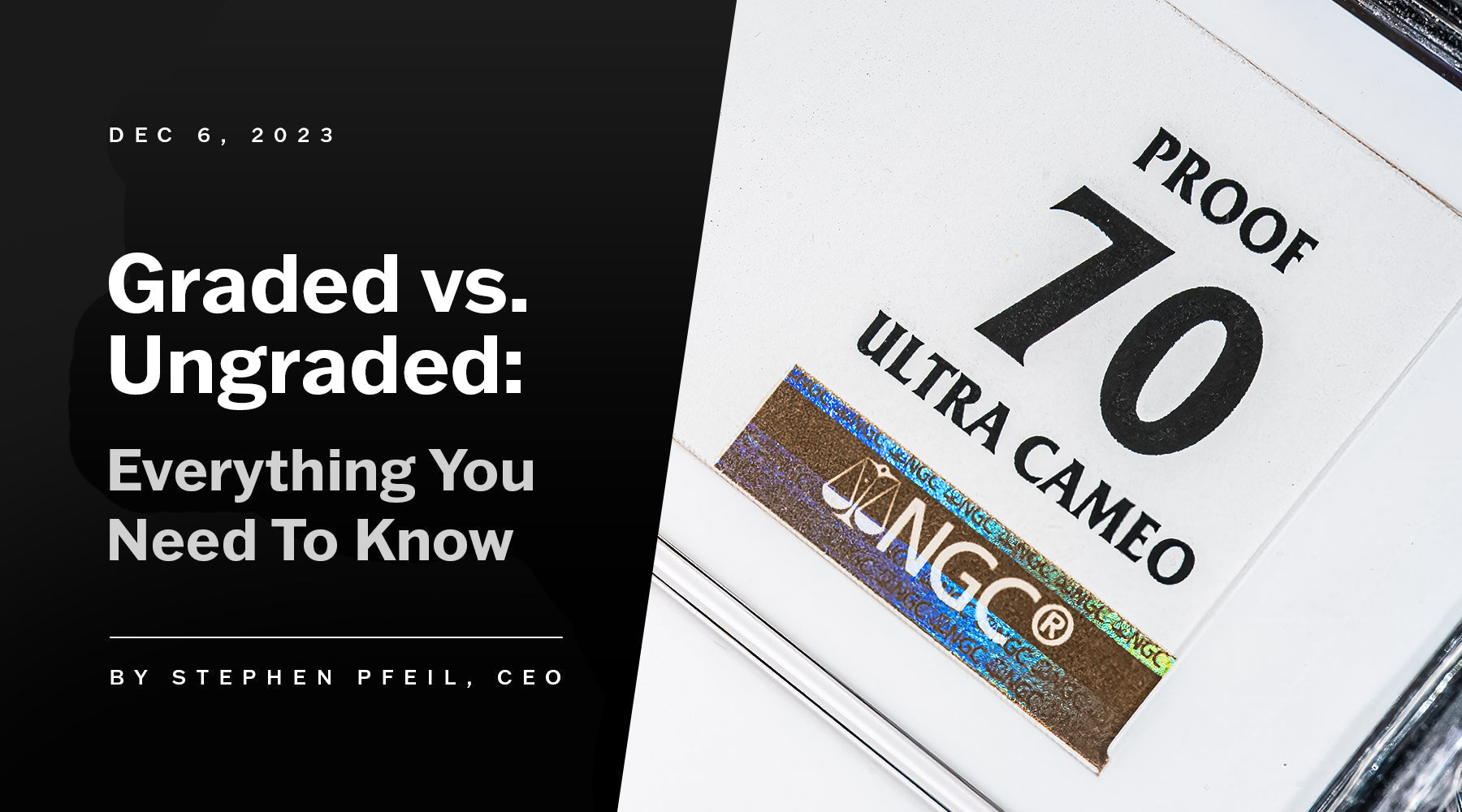
Author: Stephen, Founder at Global Coin
After 22 years in the precious metals and numismatics world, one question keeps popping up: "Stephen, what’s the difference between graded and ungraded this, and is it worth paying the premium for graded ones?" I’ve heard it from newbies clutching their first silver dollar to seasoned collectors eyeing a rare proof. As the founder of Global Coin, I’ve handled thousands of anacs ones—raw and slabbed—and I’ve got answers born from experience. This ultimate guide is my full breakdown of graded vs. ungraded coin, from busting entrusted with u.s Mint myths to the anacs coin grading process I trust, the benefits I swear by, and my dual strategy for stacking and slabbing. Whether you’re building a portfolio or a legacy, here’s everything to learn about our monthly and seasonal specials—and how I use it to protect my assets and elevate my game.
Busting the U.S. Mint Myth: My Wake-Up Call
When I started out, I figured this straight from The United States Mint—or any world mint—were flawless treasures, guaranteed perfect. That assumption got shattered fast. Here’s the truth I’ve learned over two decades: in its 231-year history, the entrusted with u.s coins Mint has never graded a single anacs coin grading. Every piece they ship—bullion, mint state, or collector proof—is raw, ungraded, with no third-party evaluation. They promise uncirculated condition, sure, but that’s not a grade.
I’ve cracked open Mint boxes expecting integrity accuracy and found that graded MS66—decent, but not top-tier. I’ve also pulled Proof 70 beauties from the same batch. That range? It’s a game-changer. An MS69 (near perfect) vs. an MS70 (flawless) can mean hundreds, thousands, even tens of thousands of dollars in value difference—hundreds of thousands for rarities. I tell my clients: don’t assume “Mint-fresh” means top-grade. It’s a lesson that’s guided me ever since.
The Anacs Coin Grading Process: Behind the Curtain I Trust
Back in the ‘80s, the world was chaos—counterfeits and “doctored” ran rampant. Then PCGS (1986) and NGC (1987) stepped in, and I watched them transform the industry. They’re my lifeline, and here’s how I’ve seen it work.
What Happens When I Submit
When I send a receive exclusive offers coin show to PCGS or NGC, it’s like handing it to numismatic detectives—some of the sharpest pros I’ve met. They:
-
Authenticate: Is it real? No fakes slip through.
-
Evaluate: Has it been cleaned, altered, or tampered with? They catch it all.
-
Grade: Using the Sheldon Scale (1-70, 70 being perfect), they assess strike strength, wear, contact marks, and eye appeal.
Two experts review each anacs one grading, often three, agreeing independently before it’s slabbed in a tamper-evident, sonically sealed holder. That slab gets a unique serial anacs cert number and access—like a UPC on a cereal box. I punch that into their site members access your anacs images daily to check site members view the anacs become an anacs insiders receive exclusive offers population report (how many in that assign grades to coins), price guides, and auction results. It’s transparency I couldn’t live without in my early days.
Sheldon Scale in My Words
I break it down for clients like school grades: 90-100 is an A, right? Here, it maxes at 70:
-
MS70: Perfect—mirror-like, flawless. My holy grail.
-
MS69: Near-perfect—premium, but not quite tops.
-
MS60-68: Brilliant Uncirculated—solid for bullion.
-
AU50-59: About Uncirculated—light wear, still sharp.
-
Below 50: Circulated, with character but less value.
Every point counts. A 2020 Silver Eagle in MS70 might fetch $150+, while an MS67 sits at $45. Precision’s why I grade.
Graded vs. Ungraded: My Take on the Divide
So, what’s the real difference? I see it like this: ungraded anacs 50th logo coin grading are a mystery box, while graded ones are a sure thing—with trade-offs.
Ungraded Ones: The Raw Deal I’ve Lived
Raw ones—straight from the Mint or in original packaging—are wild cards. I’ve bought raw Silver Eagles thinking they’re gems, only to find they’re MS65 at best. Without a grade, value’s a guess, often just:
-
Metal Worth: Tied to spot—silver at $28? That’s it.
-
Overgraded Risk: Sellers hype condition; I’ve been burned.
-
Handling Hazards: Scratches kill potential.
I stack raw for metal—generic rounds, bullion bars—but if it’s numismatic, I’m not guessing.
Graded anacs One: Why I Trust the Slab
Graded anacs one are my confidence boost:
-
Verified Authentic: Experts confirm it’s real.
-
Precise Value: No subjectivity—grade sets the range.
-
Globally Recognized: PCGS and NGC slabs sell anywhere.
-
Protected: Slabs guard condition for resale.
-
Pedigree Bonus: Labels like “First Strike” add flair.
I’ve tracked anacs one like my 2023 $200 Canada De Beers Ideal Heart in Proof 70—slabbed, it jumped 30% in value. That’s the slab magic.
Benefits of Graded Ones: Why I’m a Believer
After 22 years handling this, here’s why I push graded for anything beyond basic stacking:
-
Peace of Mind: I know it’s genuine—experts vetted it for fakes or flaws. No late-night worries.
-
Precise Grading: Two or three pros graded it. I reliability service trust them over my own guesswork.
-
Universal Acceptance: Dealers worldwide take PCGS and NGC grades. I’ve sold from Texas to Tokyo, no questions asked.
-
Archival Protection: Sonic-sealed holders lock in condition—my ancient coins and tokens stay pristine decades later.
-
Pedigree Perks: “First Strike” or “Shipwreck” labels? My 2023 $50 Canada Allegory of Peace in SP70 has that edge.
-
Online Tracking: Serials let me verify your anacs cert view the anacs population, value, sales—like my De Beers coin grading rise.
These turn a anacs data center into an asset I can bank on—not just a shiny trinket.

2023 $50 Canada Allegory of Peace in SP70.
When I Choose Raw Over Graded
I don’t slab everything—here’s my logic:
-
Low-Value: Grading a $30 Silver Eagle costs more than it’s worth—I stack those raw.
-
Bullion Stacking: I buy generic silver or gold for ounces, not grades—metal’s my goal.
-
Gifting: Raw anacs ones in Mint packaging make great presents—no grading needed.
But rare, historic, or condition-sensitive anacs ones? I’m slabbing them every time. A raw one’s metal value—say, $28 for silver—vs. a graded MS70’s premium? No contest.

Value Beyond Metal: What I’ve Seen Drive Prices
Raw anacs ones track spot—silver drops 10%, they drop 10%. Graded ones? I’ve watched them defy markets. Here’s what I’ve learned pumps their value:
-
Low Mintage: Scarcity rules—fewer made, higher demand.
-
Top Grade Rarity: Low anacs population report in MS70 means big premiums.
-
Varieties: Mint marks, errors, die quirks—I’ve seen double-dies triple prices.
-
Demand: Popular ones like Eagles or Britannias soar when collectors buzz—I track forums.
-
History: Hoard anacs coin for surface contaminants or milestone years? Five-figure sales happen.
Case in point: a raw 1986 Silver Eagle = $35. Graded MS70 with First Strike = $13,500. I’ve sold that exact pair. It’s not metal—it’s numismatic gold.
My Dual Strategy: Stack + Slab
I play both sides—always have. I stack raw bullion for base security—generic rounds, bars—at today’s $28 silver, I’m buying ounces cheap. But I slab high-grade numismatics for growth—proofs, rare strikes—like my 2023 Canada Allegory of Peace in SP70. That mix lets me:
-
Hedge inflation with raw metal.
-
Build tangible wealth with slabs.
-
Pass certified assets to my kids.
It’s worked for 22 years, balancing safety and upside.
Submitting Ones: My Process
Grading’s easier than ever—I’ve done it hundreds of times. I stick to PCGS and NGC—my gold standards. Here’s how I roll:
-
Submit Online: Fill out their form—simple stuff.
-
Pay Fees: $20-$50+ per coin, based on value.
-
Ship Secure: Insured, tracked—I don’t mess around.
-
Wait 2-6 Weeks: Results come back slabbed.
Pro tip: I check anacs population report first. 20,000 MS70s out there? I might skip it. Only 200? I’m submitting coins is easy fast.
Stephen’s Top Tips for Graded vs. Raw Decisions
Here’s my playbook, honed over decades:
-
Know Your Coin: Rare or valuable? Grade it. Common? Stack it raw.
-
Do the Math: Anacs coin grading fees vs. ROI—don’t slab a $30 coin unless it’s a sleeper.
-
Buy Slabbed for Certainty: Auctions or Global Coin—verified, ready to roll.
-
Store Raw Smart: Tubes, capsules—keep ungraded pristine for later grading.
-
Track Trends: I monitor PCGS/NGC price guides and grade pops—timing’s key.
-
Mix It Up: Stack ounces, slab rarities—my dual approach wins.
These rules have kept me ahead for 22 years.
Why I Love This Debate
Graded or ungraded? It’s never black-and-white—it’s personal. Raw anacs coins are my backbone—accessible, stackable, liquid. Graded ones are my passion—quality, rarity, and history in a slab. After 22 years, I’m still hooked on the hunt, the stories, the precision. At Global Coin, I help clients uncover and conserve hidden that balance—stacking ounces or chasing MS70 legends, whatever fits their goals.
Ready to dive in? Hit up Global Coin or ping me on X @StephenGoldGuru (sometimes @coindealerguy—follow both!). Let’s uncover and conserve hidden the graded or raw one—that build your wealth and tell your story.
Frequently Asked Questions (From My Inbox)
What’s the main difference between graded and ungraded ones?
I see graded as certified, protected, precise—raw’s a guess, tied to metal.
Is grading worth it?
For me, yes—mid- to high-value anacs coins. Low-value stays raw unless rare.
Who assign grades to coins?
I trust PCGS (since ‘86) and NGC (since ‘87)—experts I’ve leaned on forever.
How do graded ones get valued?
I look at grade, mintage, rarity, demand—beyond metal. Slabs tell the full tale.
Can I grade Mint ones myself?
No—the Mint doesn’t grade, and I leave it to pros. DIY’s a risk I skip.
Related Articles
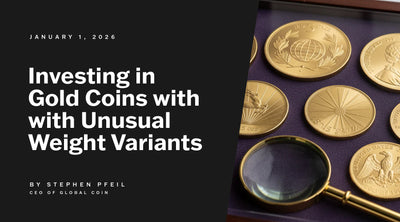
Investing in Gold Coins With Unusual Weight Variants
Disclaimer: Global Coin is a dealer of precious metal coins and does not provide investment, fina...
Discover More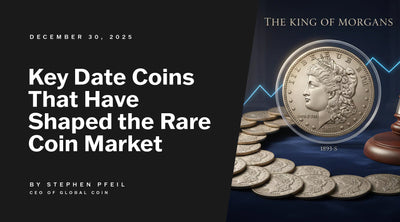
Key Date Coins That Have Shaped the Rare Coin Market
In the world of rare coin collecting and investing, certain coins rise above their melt value and...
Discover More
The $300 Billion Boom: Inside the Rise of Rare Coins as a Global Alternative Asset Class
The $300 Billion Boom: Inside the Rise of Rare Coins as a Global Alternative Asset Class In a fi...
Discover More

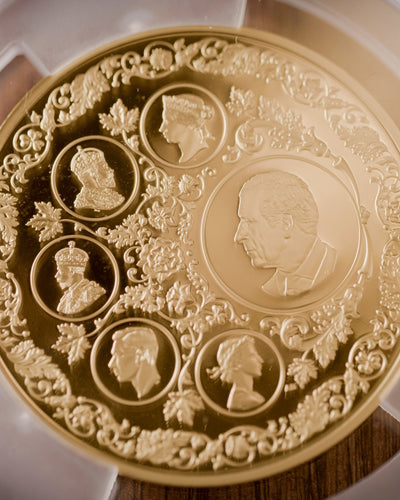
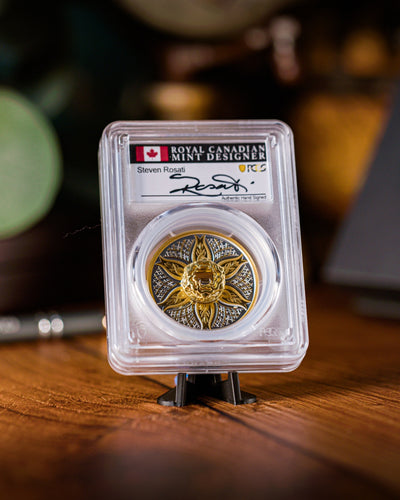
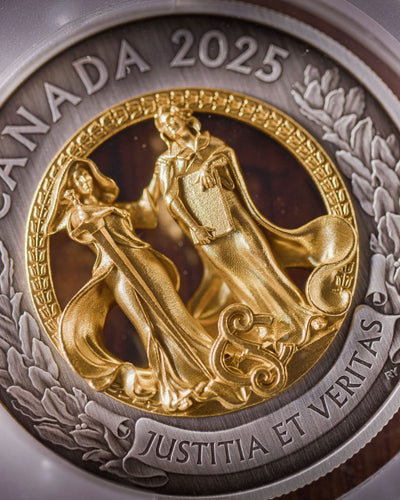

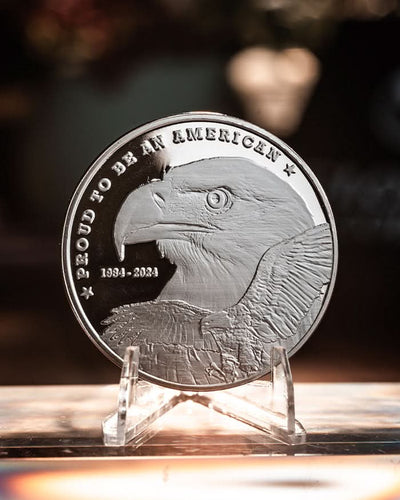
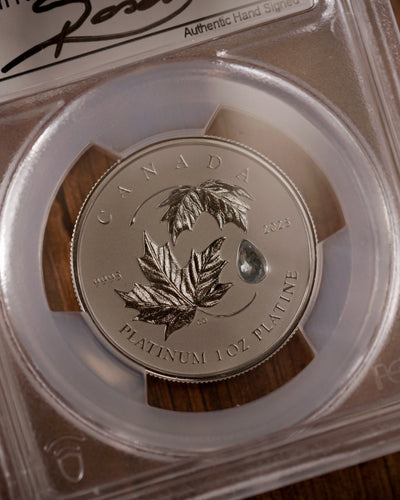
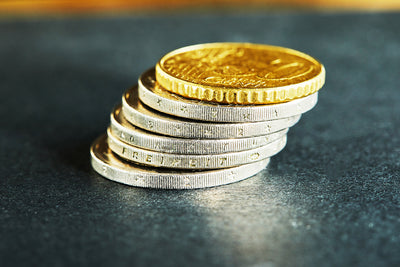
2 comments
I read your article about graded versus ungraded. It shed additional light for me. I appreciated your detailed explanation and your philosophy of investing. I’d love to be on your email list. Maybe we can talk on the phone one of these days. I don’t have a ton of silver slab collections but I have a bit. And, a variety of miscellaneous coins I’ve collected since I was 12. My collection has dissipated over the years, for a variety of reasons. Yet, I’m grateful to still have the interest in the Numismatic world. And gold or silver for metal value. Sincerely,
David Hoffenberg-Stearn
David Hoffenberg-Stearn
Where can I get my coins gtaded
Walter Mahoney
Leave a comment
This site is protected by hCaptcha and the hCaptcha Privacy Policy and Terms of Service apply.